

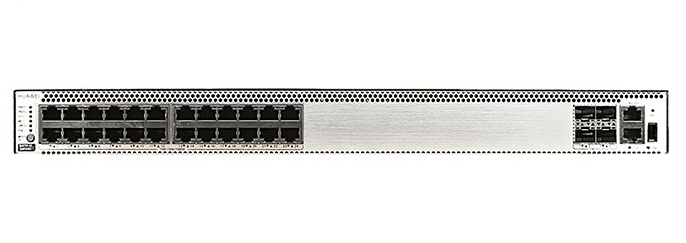


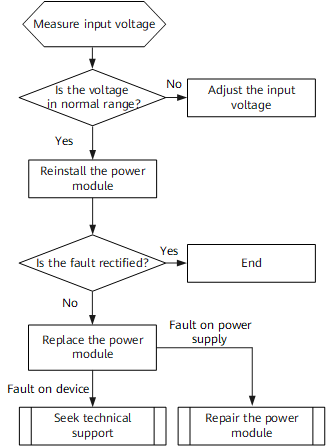
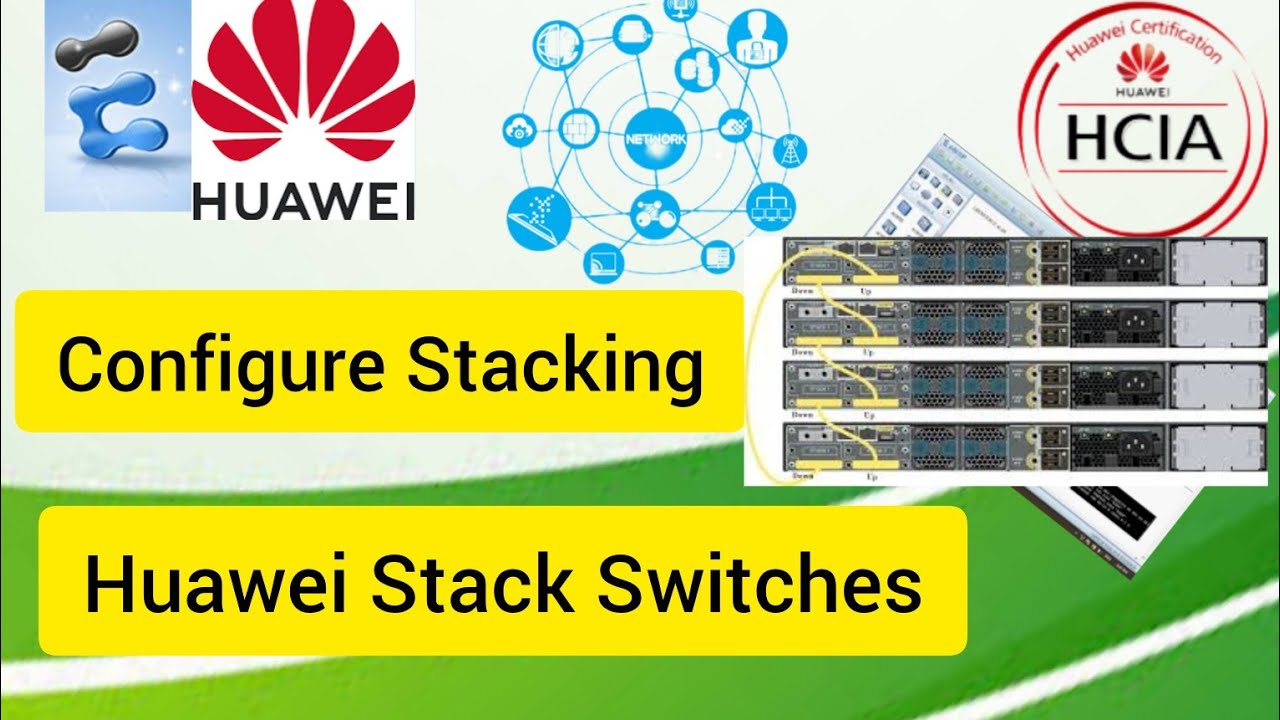



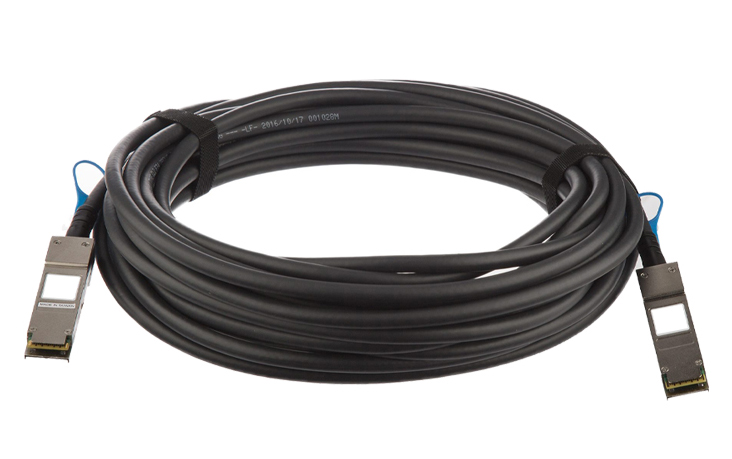




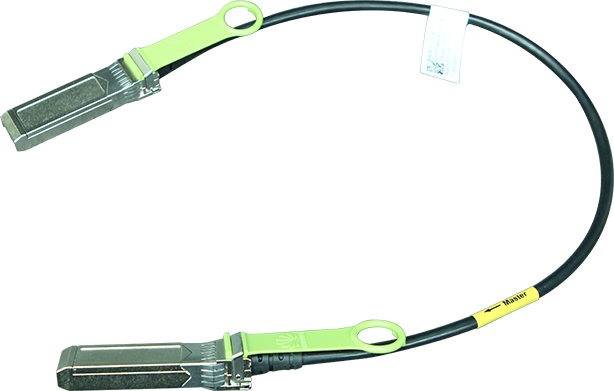
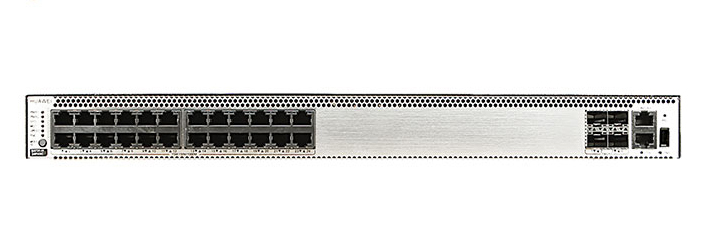



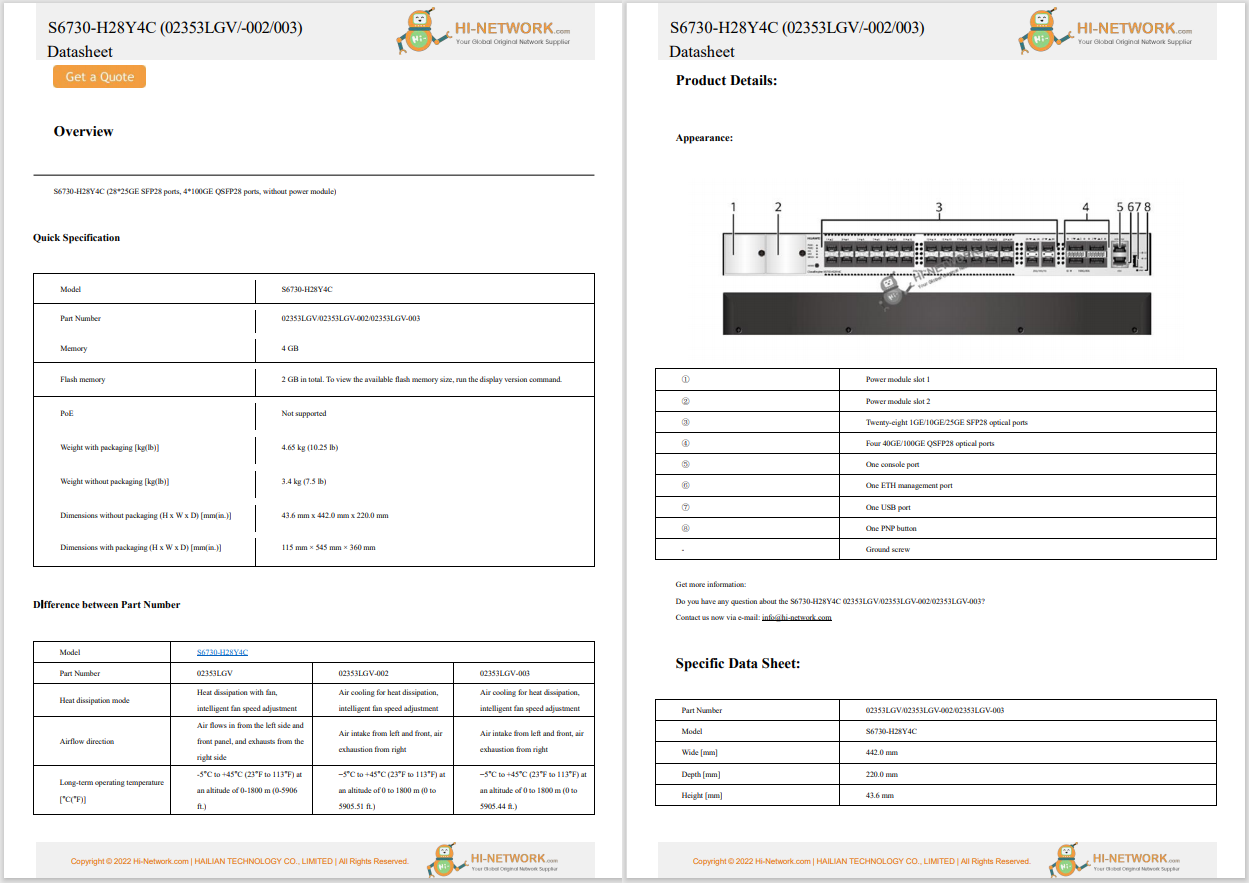


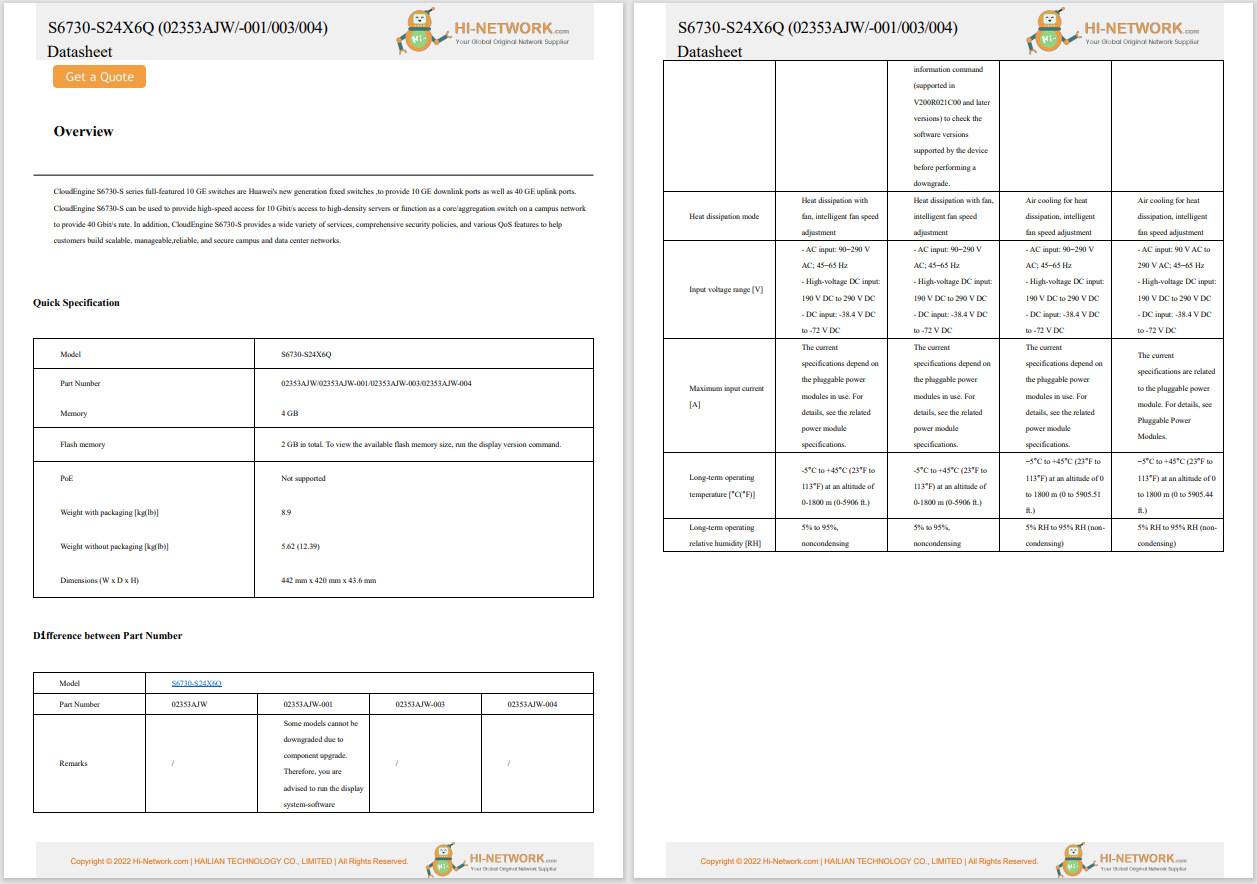

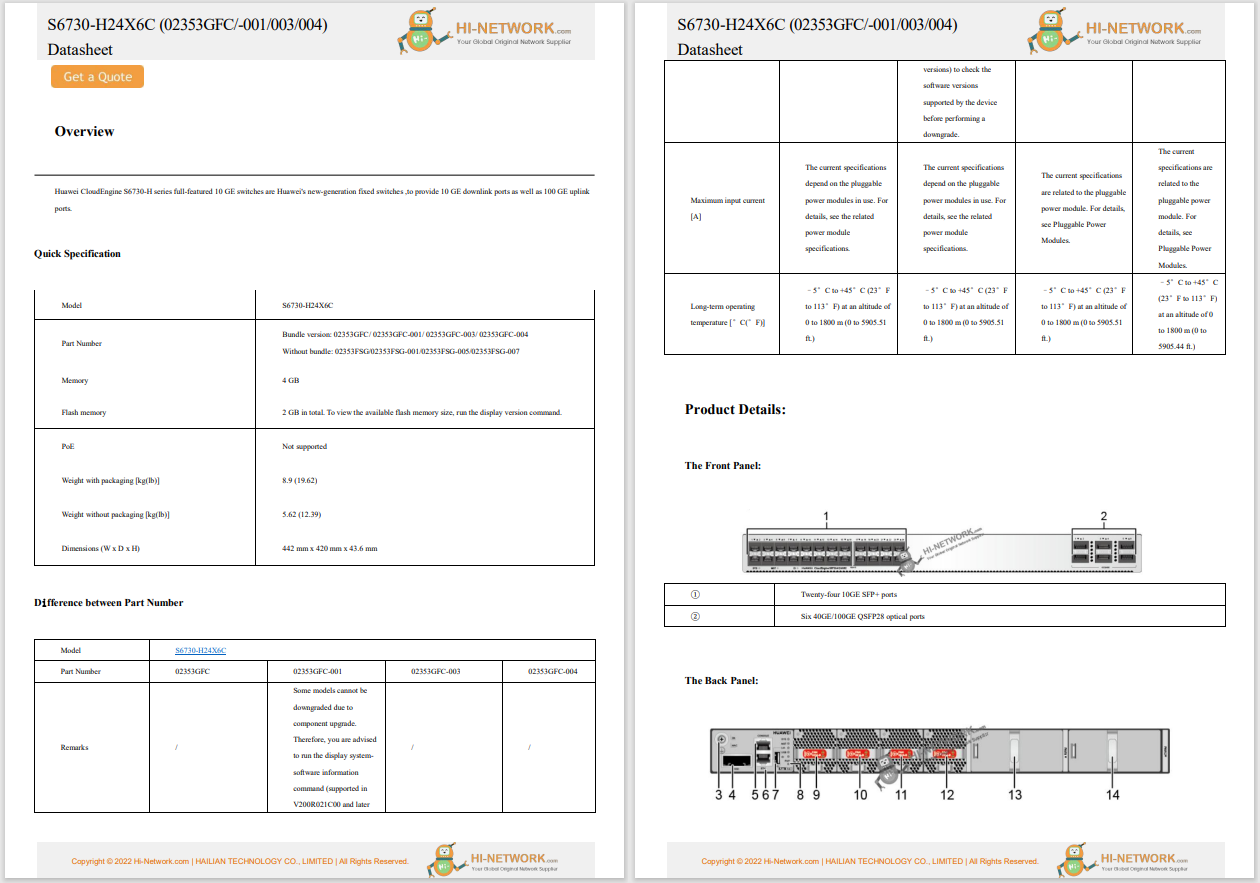

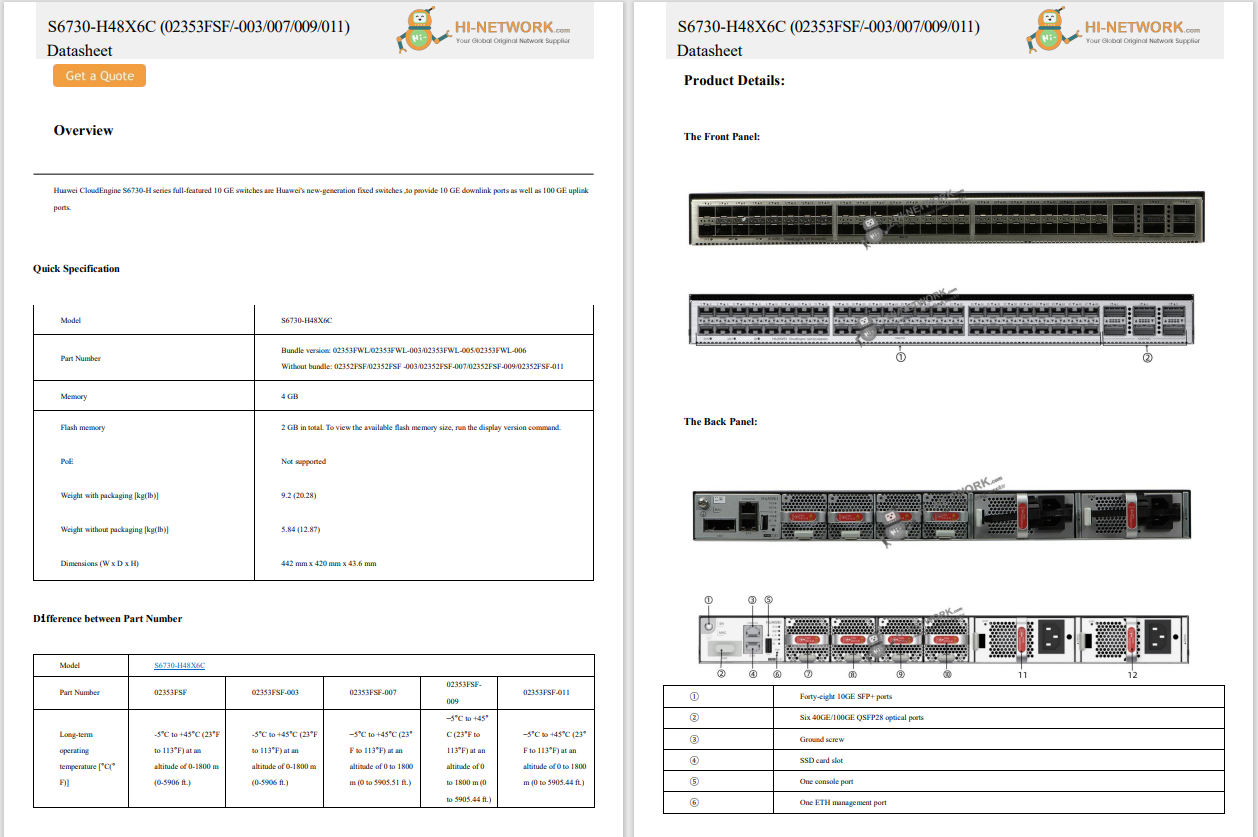





Picture this: ??
A world where creating stunning marketing visuals doesn't require a big budget or a team of pros, giving you the freedom to test quickly and scale winning marketing campaigns faster.
Sounds sweet, right? Well, Adobe Firefly is working to make that vision a reality for business owners everywhere.
Sure, we've heard that promise before. But Adobe wants to do all that and help us avoid legal drama by building Firefly on content that's fully cleared for commercial use.
Also: Adobe Photoshop is getting its first AI agent - here's what it can do for you
Adobe Firefly is reimagining how marketers and business owners create AI content at scale by turning a simple image into polished, cinematic content using nothing but a prompt. The result? Fully licensed and commercially safe assets, ready to go.
I'm not going to lie: They had me at "no legal drama," which really spoke to my don't-get-sued energy.
Adobe Firefly might be for you if you want to create amazing AI marketing campaigns or product visuals without looking over your shoulder.
In this article, we'll dive into what Adobe Firefly is, the use cases where it shines, and the good and the bad. ??
If you're new to my work, my name is Lester, but feel free to call me Les. At my core, I'm a performance marketer and creating winning ad creative is a big part of my job. Needless to say, I've got a unique perspective on what makes a successful marketing campaign and how AI is reshaping the entire landscape.
All that said, if you're into data-driven marketing insights and strategies, along with AI tips on how to drive growth, check out my free newsletter, No Fluff Just Facts.
But enough about me. Let's discuss why Adobe is quietly building one of the most practical AI tools for real creative work.
Adobe Firefly is a generative AI tool integrated intoAdobe Creative Cloud products like Photoshop, Illustrator, and Premiere Pro.
Firefly allows users to generate images, text effects, vector art, and video enhancements using written prompts. It is designed to speed up the creative process by automating tasks like background replacement, object generation, and style application.
Everything Firefly generates is based on licensed, commercially safe data. It's trained on content fromAdobe Stock and public domain material where the copyright has expired.
Also: Why you should ignore 99% of AI tools - and which four I use every day
Here's why that matters. I was only partly trolling about the legal drama. Let me explain.
In the fast-paced world of AI, a lot of focus is (rightfully) placed on ethics and compensation for creators, which we need to figure out sooner rather than later. But what often gets overlooked is copyright infringement, which is literally a criminal offense that can land you in jail in addition to civil penalties.
Yeah, it's that serious. Even if some people seem to be "getting away with it" right now, it doesn't mean it's legal.
With that in mind, Adobe is making huge strides to compensate creators through their Firefly Contributor Bonus program. This includes one-time payments to contributors whose Adobe Stock images were used to train Firefly. The bonus amount depends on how many images were uploaded and how often they were licensed. Moving forward, Adobe plans to issue more bonuses each year but only for images added after June 2023.
Also worth mentioning is that Adobe helped start the Coalition for Content Provenance and Authenticity (C2PA), which includes Intel, Microsoft, Google, and the BBC. You can check the complete list here.
Also: How Apple, Google, and Microsoft can save us from AI deepfakes
The goal of C2PA is to bring more transparency to digital content by helping people understand where it comes from, whether it was made by a person, by AI, or if it's been edited.
They do this using content credentials. These are digital tags automatically added to images made with Adobe Firefly. The tags include a hidden watermark, details about who created the image and when, what edits were made, and a digital fingerprint that connects it to the original version.
This makes content more transparent and harder to fake. Adobe is pushing the industry forward and I'm here for it. ?
Now that we understand Firefly, I'm sure you're thinking, "Commercially safe content sounds cool and all, but how do I use it?"
Say less. I got you. Here's how you can start leveraging the platform today. ??.
First, let's talk about the features.
Text to image: This lets you generate images from a simple written prompt. You describe what you want, and Firefly creates it. For example, suppose you're working on a product launch and need a lifestyle image with a specific mood or color palette. In that case, you can prompt for exactly that without hiring a photographer or scrolling stock sites.
Also: The most critical job skill you need to thrive in the AI revolution
Generative fill: That's just a fancy way of saying you can remove or add objects. For example, and I'm not petty, but let's say you have a really great photo of yourself, and the only problem is your ex is in it. With Firefly, they're not in it anymore. Actually, that was petty. But also practical.
Text effects: This feature lets you apply styles and textures to your text using a prompt. Think metallic, neon, stone, or watercolor. You can turn plain text into something eye-catching without spending hours layering effects.
Image to video: This allows you to turn a still image into a short animated clip. Perfect for marketing. Let's say you've got a static ad performing well. This feature can turn it into a video for placements like Instagram Reels, YouTube Shorts, or TikTok without creating new assets from scratch.
Text to video: Start with a prompt, and Firefly will generate a clip based on your description. Great for explainer content, product intros, or anything where motion helps tell the story better than a single image.
Translate video: This one's underrated but powerful. Let's say you've got a video in English that's performing well. With Firefly, you can translate it into another language, such as Spanish or French, or whatever makes sense for your audience. Using a different language can open an entirely new market for your product and grow revenue.
Use real-world references in prompts: The more specific your prompt, the better the result. Instead of writing "cool sneakers," try "minimalist white running shoes on concrete with soft shadows." Firefly works best when you give it the proper context.
Generate, then refine in-app: Because Firefly is built into tools like Photoshop and Illustrator, it's easy to modify the image. Once you generate the asset, use the native tools to tweak colors, layout, or type until it fits your exact need.
Also: Million dollar ideas pop up in your feed every day - here's exactly how to spot them
Create variations for A/B testing: Don't just use Firefly to make one version of a visual. Use it to create three to five quick variations, then test them across email, paid ads, or social. It's one of the fastest ways to improve performance without reinventing the whole campaign.
Let's talk about what everyone's thinking. GPT-4o is here, and its ability to generate images in seconds has people wondering if tools like Adobe Firefly can keep up.
I'll be honest with you: There's no comparison between these two tools, but not for the reason you might think. GPT-4o is undeniably impressive, and everyone else will have to catch up.
While GPT-4o is lightyears ahead of everyone else, I wouldn't call it business-ready, as the uncertainty around commercial viability makes it risky for commercial use.
Also: GPT-4o's image update unlocked a huge opportunity most people are ignoring
That's why Firefly wins if your goal is to use the tool in your business without worrying about copyright issues or licensing problems. Firefly's biggest advantage is that it's commercially safe.
As it relates to Firefly, the outputs can be hit or miss. You'll usually need to finesse them with an editing tool to get something as good as GPT-4o. Also, from personal experience, even though Firefly lets you create using a prompt, GPT-4o somehow feels easier to use. ?
It's a great tool for creating elements that are added to another body of work. You take what you made in Firefly into Photoshop or Illustrator to finish the job.
It's not good or bad; it's just a different workflow compared to GPT-4o, where the output feels more like a finished piece.
That said, with how fast AI moves, GPT-4o might set the standard for now, but Adobe will likely catch up soon.
Something I've seen come up a lot is how some creators feel Adobe's payouts for training Firefly are more of a gesture than real compensation. Creators feel most bonuses were on the lower side and would have liked a heads-up or opt-out option before their content was used. Adobe says this was all within the contributor agreement for Adobe Stock.
Users can add content credentials to signal that their work shouldn't be used for AI training or generation.
Also: Could this be the reason you cancel your ChatGPT subscription?
However, if you apply this setting, you won't be able to upload that content to Adobe Stock because Firefly is trained on Stock assets.
The payouts are a step in the right direction, and at least they acknowledge the value creators bring. I can't fault them for trying to do the right thing when they're one of the few who are even trying. ??
Firefly is dope. Adobe still has work to do, but it's a solid tool.
I'd recommend a healthy dose of patience when trying to get your desired output. At the end of the day, it's AI, and AI be AI-ing sometimes.
But this is a great tool if you need commercial safety without the worry.
Hope this helps.
P.S. If you want more easy and helpful AI tips and tricks, sign up for my free newsletter, No Fluff Just Facts. Plus, you'll see behind the scenes as I pay my penance for not creating content ten years ago.
Want more stories about AI?Sign up for Innovation, our weekly newsletter.
 Tags chauds:
Intelligence artificielle
Innovation et Innovation
Tags chauds:
Intelligence artificielle
Innovation et Innovation